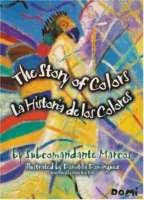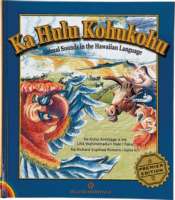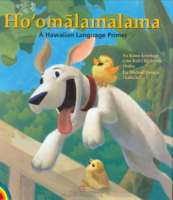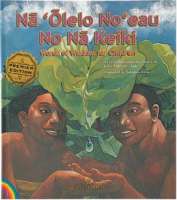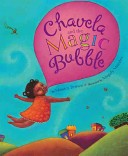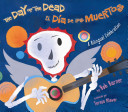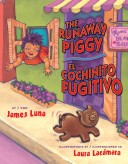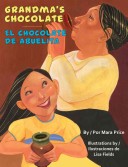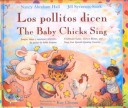
It was so hot in Caliente, Texas, that the townspeople gulped gallons of lemonade and poured buckets of water over their heads, but they couldnzt stay cool.Swinging on the front porch with her mother, Elena suddenly has an idea. Raspaszicy cold snow coneszare what the neighbors need to stay cool. And she can make and sell the refreshing treats from a stand in her own front yard! So with the help of her parents, Elena soon has a stand and the items needed to make and sell the snow cones. Before long everyone is lining up to buy the frosty delights in delicious flavors.Elenazs best friend Alma watches her friendzs success from across the street and decides to start her own snow cone stand. And so begins the battle of the snow cones, with each girl devising ever more elaborate plans to attract clients: decorating their stands with colorful Mexican crepe paper flowers and papel picado, adding exotic flavors such as coconut and mango to their menus, staging puppet shows and even a folkloric dance. The girlsz ice shaving machines furiously crank out raspas, until one day both machines go bonkers! Readers will enjoy the girlsz clever antics to attract customers in this lively, colorful picture book for children ages 4 z 8. And just as important, children will learnzalong with Elena and Almazthat competitors can still be friends.
